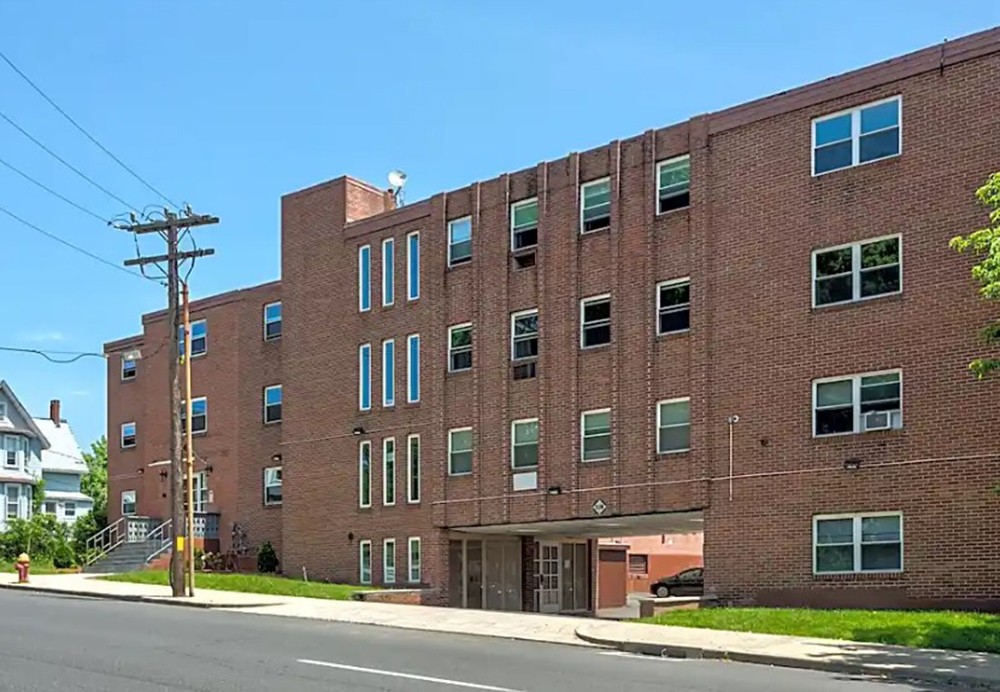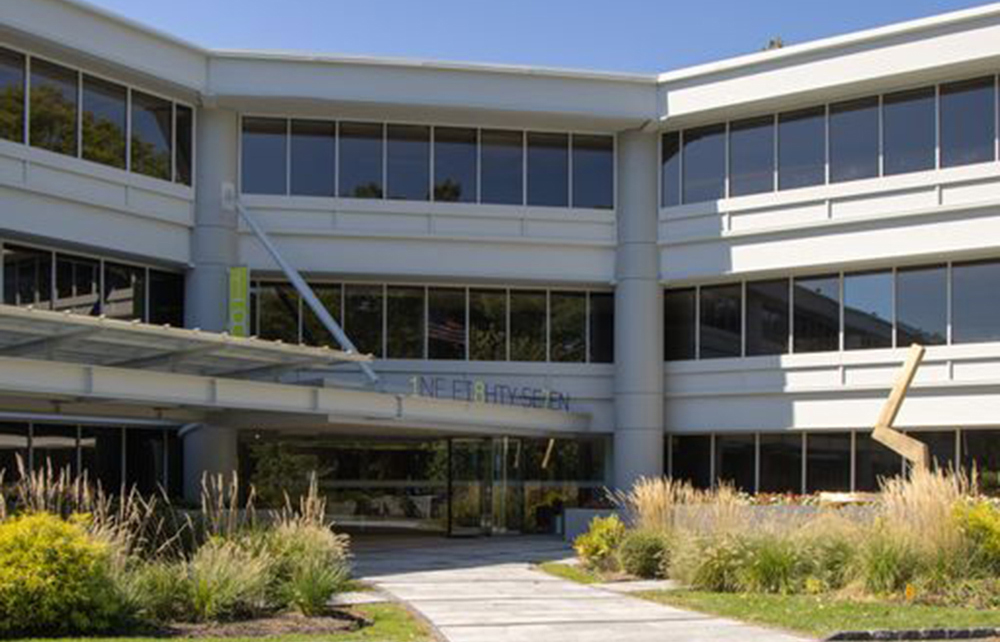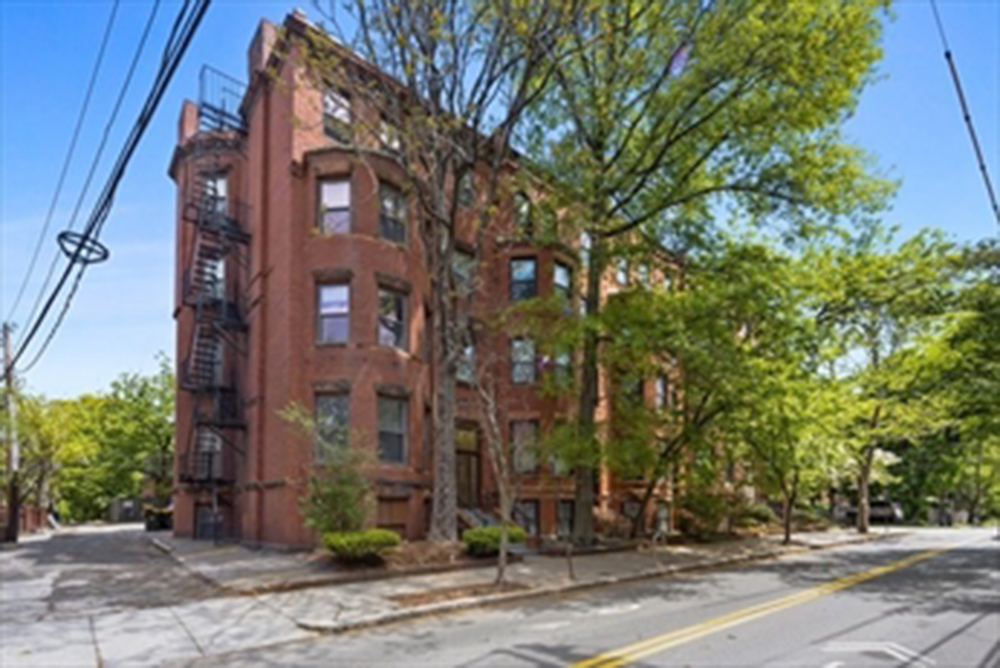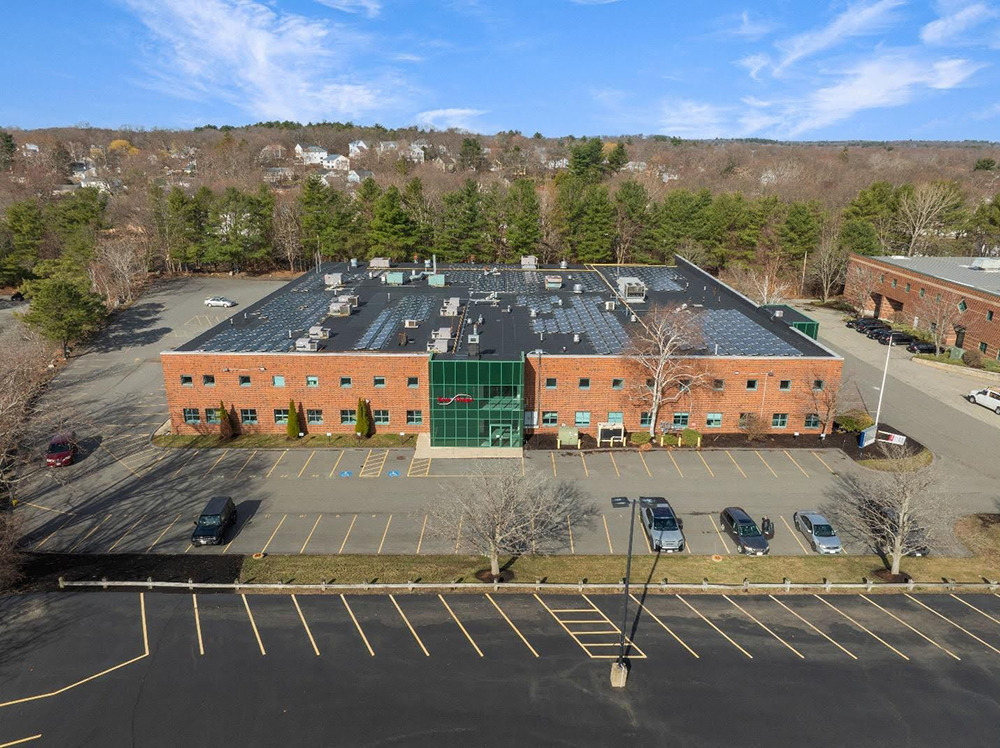News: Connecticut
Posted: September 18, 2008
Hedging interest rate risk: Review of the mechanics and documentation of interest rate swaps - Part I
Since the first interest rate swap was negotiated in 1982, the use of interest rate swaps as a financing device has soared. The Comptroller of the Currency estimated the notional amount of interest rate swaps outstanding as of March 2008, at nearly $112.6 trillion, an increase of nearly $24.6 trillion, or 21.8%, from March 2007. The exceptional growth in the market for interest rate swaps derives from the relative simplicity and flexibility of these transactions, the volatility in interest rate markets, and the financial benefits that inure to each swap party.
The most common form of interest rate swap, the "plain-vanilla" interest rate swap, involves a contractual arrangement between two parties in which a party with fixed-rate liabilities (Party A) agrees to "swap" interest payments with a party having floating-rate liabilities (Party B). Specifically, the interest rate swap agreement will obligate Party A to make payments equal to the interest that would accrue on an agreed upon hypothetical principal amount (notional amount), during a given period, at a floating rate of interest, while Party B must pay an amount equal to the interest that would accrue on the same notional amount, during the same period, but at a specified fixed rate of interest.
Although payments between Party A and Party B can be made on a gross basis, whereby the parties actually swap interest payments due, typically payments are settled on a net basis, whereby the party assuming the higher interest payment obligation simply remits to the counterparty the net difference. While the party entitled to receive or obligated to make the net payment is sometimes referred to as "in the money" or "out of the money", whether a party is in or out of the money is actually determined by the aggregate projected net value of the payments the party is entitled to receive or obligated make over the remaining life of the swap.
Plain vanilla interest rate swaps have become an increasingly common feature of real estate financing transactions. Such swaps are commonly entered into by commercial real estate borrowers who desire to borrow at a fixed rate of interest, but, either, prefer the flexibility of a floating rate/interest rate swap combination or, due to credit rating or special purpose entity status, do not have access to favorable fixed rates. Through an interest rate swap, a borrower can achieve the desired fixed rate by agreeing to pay interest on the notional amount based on a fixed rate, while agreeing to receive interest on the notional amount based on a floating rate. When the interest rate swap is executed to hedge the interest cost on a specific loan, the notional amount, floating rate, payment dates, and term chosen for the interest rate swap typically correspond with the equivalent loan terms. The interest rate swap and loan do, however, remain separate transactions.
After the terms of the interest rate swap are determined, an appropriate counterparty must be chosen. Traditionally, this required the matching of the borrower with a third party with opposite financing needs. Today, however, it is common in real estate financing transactions for the lender to serve as swap counterparty. As such, the borrower and lender would execute both the loan and the swap documents.
The documentation of interest rate swaps is largely standardized. The International Swaps and Derivatives Association has developed the ISDA 2002 Master Agreement and ISDA Schedule to 2002 Master Agreement. The Master Agreement documents the terms of the relationship between Party A and Party B and provides for representations, covenants, defaults, damages and other important contractual considerations. The Schedule allows the parties to choose whether and how certain provisions of the Master Agreement will apply. Since most real estate borrowers are single purpose entities, the borrower's credit alone will not be sufficient to secure the swap. Accordingly, lenders often require that the borrower's obligations under the swap be cross-collateralized and cross-defaulted with its obligations under the loan.
The foregoing review of the mechanics and documentation of interest rate swaps concludes Part I of this article. Part II, which will appear in the October 2008 issue of this publication, will consider the benefits of swaps, matters related to early termination, and several exotic swap structures.
An article including citations may be obtained by contacting the author.
Jaimee Zuboff is an attorney at Halloran & Sage LLP, Hartford, Conn.
Tags:
Connecticut
MORE FROM Connecticut
Example Story Title CT 1
Boston, MA The fall season always marks the return of IFMA Boston events, and this year is no different. Registration is now open for IFMA Boston’s FMForward Deep Dive 2024. The FMForward Deep Dive 2024 Conference will be held on November 19th at the Babson Executive Conference Center in Wellesley, Mass.

Quick Hits






